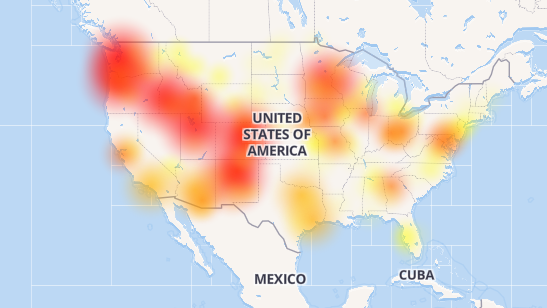Health Care Spending In The US And Taiwan: A Response To <em>It’s The Prices, And A Tribute To Uwe Reinhardt</em> | Health Affairs: Uwe Reinhardt And Taiwan’s Single-Payer Health SystemAs with health care, the Americans pay more and get less value than other nations for telecommunications services. In a parallel with advanced telecom services, many Americans find needed medical care inaccessible or unaffordable. The late health care economist Uwe Reinhardt's prescription for Taiwan was putting the government in charge of the financial side of medical care while allowing the private sector to do what it does best: providing care.
In 1989, as a high-level government adviser to Taiwan when it was planning to implement universal health insurance, Uwe boldly recommended a single-payer system. Taiwan’s government accepted this recommendation in 1990 and implemented its single-payer National Health Insurance (NHI) in 1995.
Uwe based his recommendation on three policy considerations. First, a single-payer system is effective in controlling cost; this was a major policy goal of the government as health spending in Taiwan was growing rapidly. Second, a single-payer system is equitable: coverage is universal and all insured are treated equally regardless of ability to pay or preexisting conditions. Third, a single payer system is administratively simple and easy for the public to understand. The NHI has achieved all three policy goals. Uwe also suggested that Taiwan retain its predominantly private delivery system. He believed that the private sector has an important role to play in a nation’s health care system. As long as financing and payment were within the purview of government, a mixed delivery system of private and public providers could work well within a single-payer framework. Taiwan’s experience has shown this to indeed be the case. (Emphasis added)
The United States should do the same for another essential and high cost service: telecommunications. Let the telecom providers do what they do best -- planning, building and operating networks -- and relieve them of the burdens of infrastructure finance and ownership. Their weaknesses here have led to widespread infrastructure deficiencies, market failure and poor value service offerings. Hybrid models get around the winner take all, win-lose dynamics and allow providers and consumers to both benefit.
